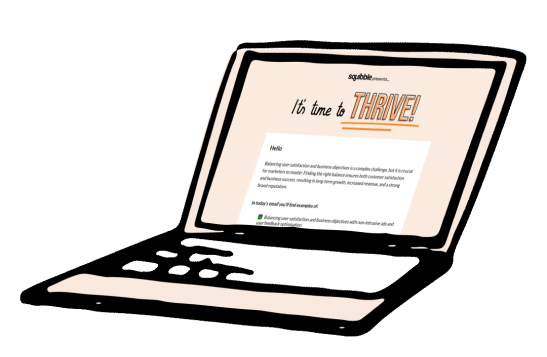With over 50% of website traffic coming from mobile devices, it’s no surprise that businesses are beginning to put more emphasis on the mobile design of their websites.
Users want to easily access information at their fingertips, that’s easy to digest, clear on the next steps and simple to convert. This means that mobile designs have to take into account space limitations and that key elements and calls to actions are prominently displayed. There’s also the added consideration of the site responding differently on different devices – so it can be quite a challenge.
Responsive Websites & Design
By definition responsive websites will scale the display based on the device that the website is being viewed on. The same information is served whether you’re using a desktop, tablet or mobile device, but the visual will be slightly different. Most commonly elements which display side by side on desktop are stacked on top of each other on mobile.
Most off the shelf themes for WordPress, Shopify and other major platforms are responsive in their nature, but they’re never perfect. Using an experienced web design team can take your responsive design from simple stacking, to having designs particularly for each device type. The benefits of this are endless:
- Increased conversion
- Increased time on site
- Lower bounce rate
- Strong aesthetics on all devices
- Online advertising performance improvements
Mobile Design & SEO
Historically, mobile versions of websites were completely separate from the desktop version and often lived on an m. subdomain. With the evolution of Google’s algorithm, it’s become prevalent for businesses to have friendly mobile websites which are fast, easy to read and navigate and for the user, look appealing.
Google now crawls the mobile version of your website before your desktop version, so having a strong mobile first design can support your SEO strategy. You can use Search Console to better understand how Google views your mobile design and whether it passes Core Web Vitals.
4 Key Mobile Design Considerations
- Test On Multiple Devices
Not all mobile devices are the same, the size difference can vary significantly between them. There’s a number of free online tools available to help you test across multiple devices (no one expects you to own them all!); however understand which devices are of the most important to your brand using your Google Analytics data to see where time and effort should be spent.
- Avoid Pop-Ups
Whilst they may work well on desktop devices, pop-ups can be quite disruptive on mobile devices, particularly when they take up the majority of the screen. Keep the user journey clear and simple on mobile for the best conversion
- Focus On Navigation
Mega menus are a fan favourite on desktop, but you simply don’t have the room for this on mobile devices. Your navigation needs to be clean, simple and potentially have an increased reliance on the search function for deeper pages.
- Key Messages First
Space is at a premium on mobile devices, so you need to ensure your key message is front and centre, not three scrolls down. Understand what the purpose of each page is before designing and focus on getting this CTA prominent.
Mobile first design is here to stay – if you feel that your mobile design is letting your brand down, book a discovery session with our team today.






